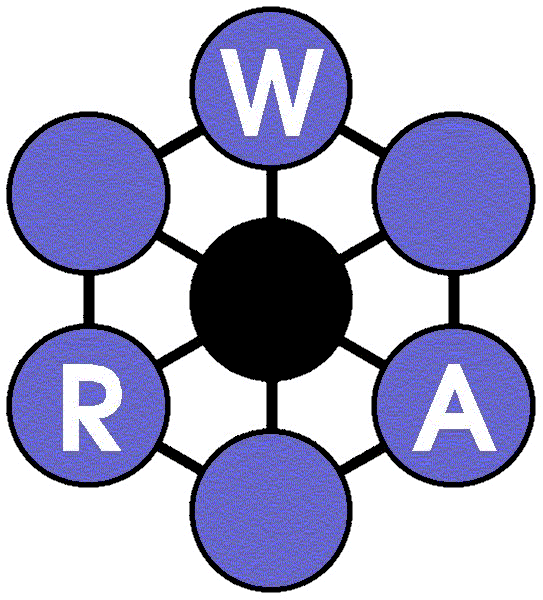Wetlands play a special role in the hydrology of many river systems. While being inundated for all or part of the year, the depth of flooding is usually fairly shallow and seasonal. These special characteristics - different from those of surrounding regions - provide habitat for rare animals and birds.
Inevitably, wetlands are very sensitive to upstream development. Storage of water in reservoirs, diversion for irrigation, and flood control works can all impact on the natural balance of wetlands. Water quality can also be affected. Thus, an understanding of the hydrological system is a prerequisite to other environmental and ecological studies. Nevertheless, wetlands can play a vital role in some aspects of development.
Water Resources: storing water at times when other river systems are dry, they can be used as a perennial source of water.
Flood Control: wetlands have tremendous capacity to act as buffers to floods. Indeed, flood plains can be considered as a specific case of wetlands. Riparian development often removes the buffering effects and leads to increased flooding downstream.
Pollution Buffering: suspended sediment settles out in wetlands that hold water for a long period with very low flow velocities. Reeds and other aquatic vegetation can absorb some organic pollutants.
Fish Hatcheries: the shallow water depths and low velocities are ideal as hatcheries for certain types of fish.



